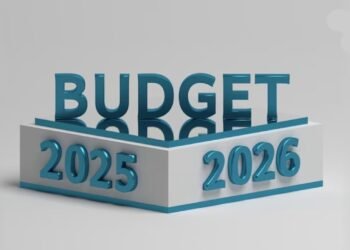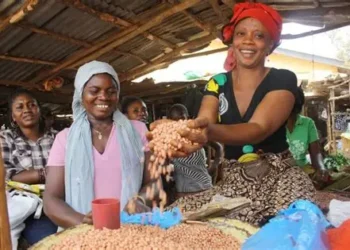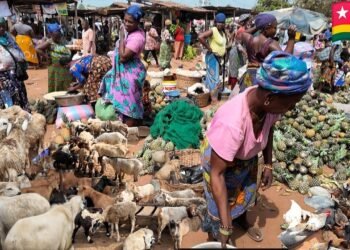Ghana’s population is growing at a decreasing rate as highlighted by the provisional census figures released by the Ghana Statistical Service (GSS) today. This means that even though the population is increasing, it’s now increasing at a rate lower than observed in previous censuses.
Provisional figures show that the population of Ghana currently stands at 30.8 million in 2021. This suggest that there are 6.1 million more people in Ghana compared to the 24.7 million recorded in the 2010 census. This constitutes an annual intercensal growth rate of 2.1 percent, according to the GSS.
The country’s current population is lower than earlier projections of around 31 million by the GSS, the United Nations, and the U.S. Census Bureau.
This rate, according to the GSS, is less than the rate of 2.5 percent in the previous intercensal period, between 2000 and 2010. The GSS described the current growth rate as “the lowest since independence”. Meanwhile, the Service expects the population, based on the current growth rate, to double in about 30 years’ time.
“At this rate, the country ‘s population will double within 33 years. And by 2050, the population of Ghana would be over 50 million”.
GSS
Population dynamics
In 1960, Ghana’s population was 6.7 million and rose to 8.6 million the following decade, thus, in 1970. It then rose to 12.3 million in 1984, then to 18.9 million in 2000. This means that the population has increased by 24.1 million people over the last 60 years. As such, the GSS said “the population has grown almost fivefold since the first post-independence census was conducted in 1960”.
Meanwhile, females continue to account for the largest share of the country’s population with a sex ratio of 97 males for 100 females in 2021. The GSS highlighted that this represented a slight increase over the sex ratio of 95 recorded in 2010.
With a sex ratio of 102 males to 100 females, the 1960 census is the only post-independence census which recorded more males than females. “Since then, sex ratios have declined until the uptick observed in 2021”, the GSS said.
At the Regional level, Females outnumber males in 10 out of the 16 administrative regions in the country. Specifically, sex ratios in the 2021 PHC range from 91 males for every 100 females in the Volta Region to 105 males to every 100 females in the Western North Region.
According to the GSS, these rates are consistent with the findings from the 2010 Census where the then Volta Region had the lowest sex ratio of 89 with the then Western Region recording the highest of 104.
Households and household size
Another striking revelation is the total number of households that has grown by 2.8 million in the last decades. This represents a 52 percent increase over the 5,467,136 households enumerated in 2010. Whilst the number of households continue to rise, the size continues to shrink gradually over the years to 3.6 in 2021.
“Household size declined by 0.8, from 4.4 in the 2010 census. A similar decline of 0.9 was observed between the 2010 and 2000 censuses. The population density at the national level increased by 26 persons per square kilometer over the 103 recorded in 2010”.
GSS
Regional data show that Greater Accra and Eastern Region recorded the smallest household size of 3.2. This is almost half the household size of 6.0 recorded in the North East Region, the largest household size. In nine out of the 16 regions, households had less than four members, on the average, with the smaller household sizes observed in the southern part of the country.
The 2021 PHC is the first time that data was collected on all structures regardless of use. Previous censuses only collected information on structures used for residential purposes. The 2010 PHC recorded 3.4 million structures for residential use, which is 2.5 million less the 5.9 counted in 2021.
The GSS however, warned that the current figures are provisional and subject to revisions until the final figures are released in November.
READ ALSO: Samuel Eto’o Fils joins race for Cameroon football federation Presidency























